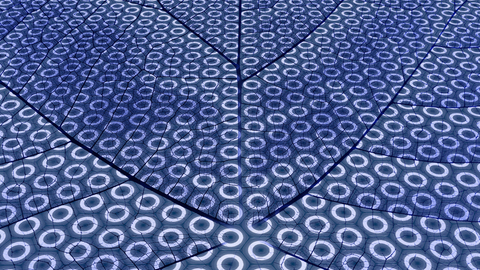
Researchers at Iowa State University and the University of California at Berkeley have developed new nanoscale sensing technology to image and measure the stresses and strains on materials under high pressures.
Their paper, “imaging stress and magnetism at high pressures using a nanoscale quantum sensor,” recently published by Science, describes the process of fitting a series of nanoscale sensors – called nitrogen-vacancy color centers – into diamonds used to exert high pressures on tiny material samples. This allowed them to image, measure. and calculate six different stresses, as well as measure changes in a material’s magnetism.
“This has been one of the key problems in high-pressure science,” said Valery Levitas, a co-author and Anson Marston distinguished professor in engineering at Iowa State University, the Vance Coffman faculty chair and professor in aerospace engineering. “We need to measure all six of these stresses across a diamond and sample. But it’s hard to measure all of them under high pressure.”
Levitas’ lab performs multi-scale computer modeling simulations for high-pressure diamond anvil experiments. Simulations made it possible to reconstruct fields of all six stresses in the entire diamond anvil as well as verify experimental results.
The sensor enables, “pursuit of two complementary objectives in high-pressure science: understanding the strength and failure of materials under pressure (e.g., the brittle-ductile transition) and discovering and characterizing exotic phases of matter (e.g., pressure-stabilized high-temperature superconductors),” the researchers wrote in their paper.
It is expected that the understanding of the changes under pressure could lead to new materials or new phases of matter being developed for use in varied technologies and applications. Levitas – whose lab specializes in experimental testing and computational modeling of high-pressure sciences – said the new sensing technology could also advance high-pressure studies in chemistry, mechanics, geology, and planetary science.
